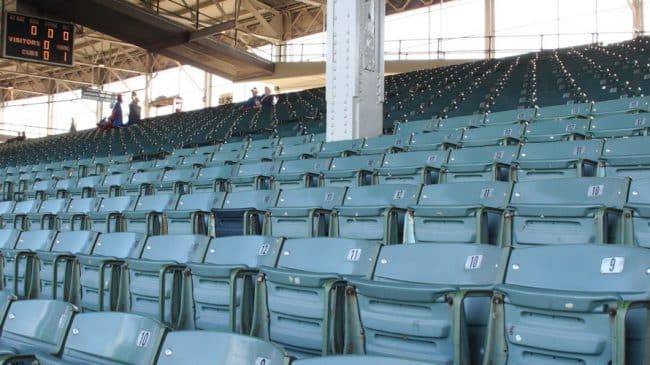Executive Summary
Public transit plays an important role in providing mobility to those without access to automobiles as well as those who prefer not to drive. Unfortunately, America’s public transit policies suffer from numerous myths that are harmful to both transit and to American cities. This report discusses ten of the most dangerous and widely believed transit myths:
| The Subsidy Myth: Transportation subsidies are unfairly biased towards autos and highways, so we must increase transit funding to provide balanced transportation. |
The Reality: At least since 1975, transit subsidies have been tens to hundreds of times greater than highway subsidies. Moveover, a quarter of the transit subsidies have been paid directly by auto drivers. |
| The Decline Myth: America’s urban transit systems have been steadily declining for decades, and only more funding can reverse that decline. |
The Reality: Both transit funding and the facilities provided by transit agencies have been steadily increasing for decades. |
| The Funding Myth: More money for transit will boost ridership; we need to transfer highway dollars to transit and increase state and local taxes for transit agencies. |
The Reality: There has been no relationship between transit funding and transit ridership; despite huge increases in transit funding over the past two decades, ridership is stagnant or falling. |
| The Federal Myth: Federal funding of urban freeways must be balanced by federal funding of urban mass transit. |
The Reality: The federal share of the Interstate Highway System was completely paid for out of federal highway user fees, while the federal government collects no transit user fees. |
| The Congestion Relief Myth: We can’t build our way out of congestion through highway construction; instead, we can mitigate congestion by diverting more highway funds into mass transit. |
The Reality: Transit’s effect on congestion is insignificant in most American cities. Spending dollars on transit to reduce congestion is more likely to increase because it diverts funds from activities that have a more significant effect on congestion. |
| The Traditional Transit Myth: Transit agencies should continue to focus on 19th century fixed-route transit lines radiating from downtown hubs. |
The Reality: American cities have evolved, and modern travel patterns are too complex to be served by traditional transit. Transit agencies must adapt by providing new kinds of transit. |
| The Monopoly Myth: Public monopolies are essential for transit to work. |
The Reality: Competition is one of the best ways to improve transit services. |
| The Nostalgia Myth: Turn-of-the-century transit systems offered Americans greater mobility and livability than the transit and highway systems of today. |
The Reality: The automobile has made Americans the most mobile people in the history of the world. That mobility has significantly improved urban livability in many ways. |
| The New Urban Myth: It makes more sense to rebuild our cities to serve transit than to redesign transit systems to serve modern cities. |
The Reality: Attempts to redesign cities to improve transit ridership would be expensive and ultimately unsuccessful. It is far more effective to modernize the transit system to serve contemporary needs. |
| The Morality Myth: Public transit is morally superior to private automobiles. |
The Reality: Most of transit’s supposed advantages over the automobile are based on aesthetic judgements not shared by a majority of Americans. |
Sound transit policy requires that policymakers understand the reality behind these myths. Funds available for transit will always be limited. It is therefore incumbent on policymakers to invest these limited funds in ways that produce the greatest value for the taxpayer’ dollars.
